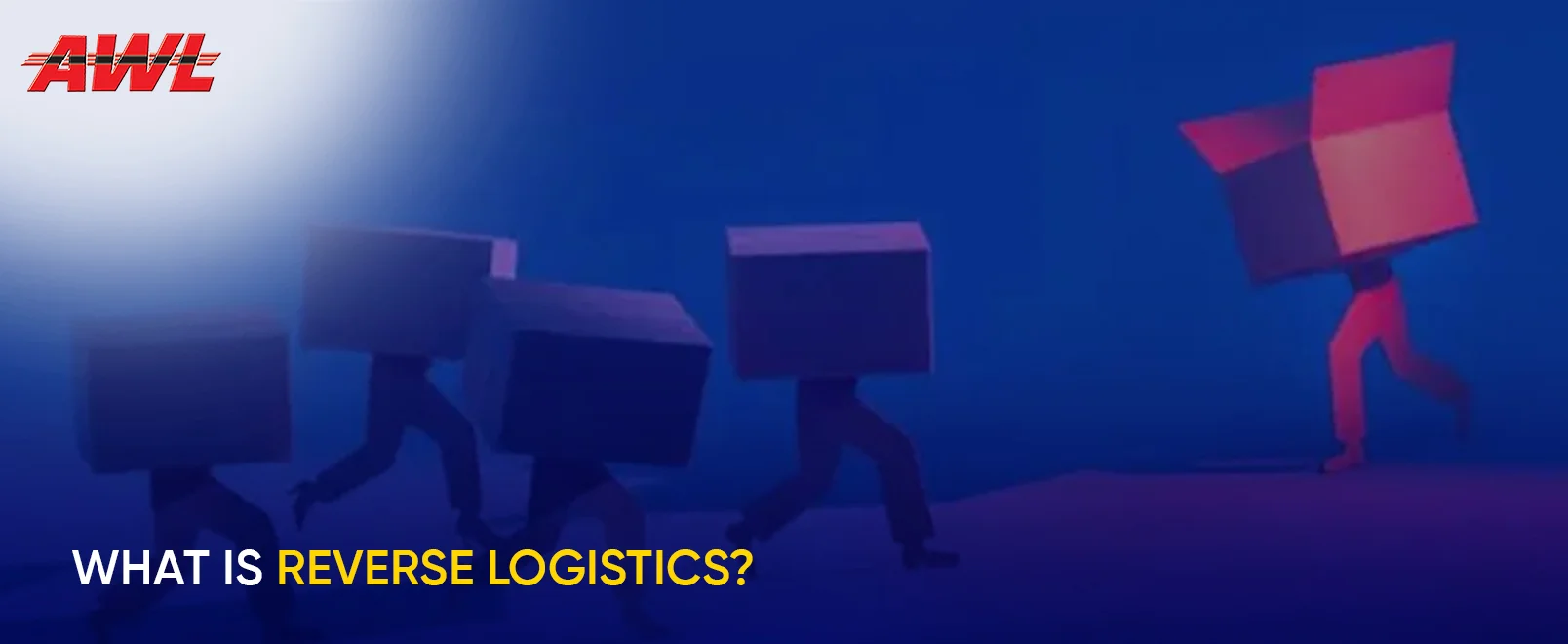

A careful look at the 21st century and the online purchasing trends have resulted in a very new meaning for logistics on the whole. When we listen to the term reverse logistics it may come across as a term that is rather new and unheard of. However, the reality is quite different. The truth is that we all have come across reverse logistics without even understanding it.
In the simplest of terms, reverse logistics is the scenario that one observes when you return a product to the manufacturer or the store. Under the circumstances when a buyer decides to perform any activity after the initial point of sale is termed as reverse logistics. As a logistics company, one is more concerned with all the planning and implementing that decides what will happen to the product once it is returned.
Your core reverse logistics depend on three major components which are:
● Your return policies
● Re-manufacturing and refurbishment
● Overall waste disposal
All those of you who have purchased an item online will know that the return policies differ. Each online retail portal has a set of policies that decide the norms and conditions under which a buyer is allowed to return the purchased product/service. This point is what constitutes your return policy and procedures.
As a top reverse logistics companies in India, what you decide to do with that returned item is what makes up for the next two phases which are re-manufacturing and waste disposal. Depending upon the company policies and the condition of the goods that are being returned, one can decide whether the product is damaged and needs to be disposed of or can be refurbished and used.
There are several reasons why reverse logistics can take place and some of them are:
● Delivery failure
● Repair and maintenance
● Returns
● Damaged goods
Let us take a closer look at understanding some of the pros and cons of both.
Benefits of Reverse Logistics
In the case when a customer decides to return a good it is one major way of providing the customer with that WOW experience and customer satisfaction. Addressing the customer’s concerns when they have an issue, is the best way of working on your customer satisfaction tactics.
Challenges of Reverse Logistics
However, small or large the size of the product being returned, it is imperative for companies to understand that there is always a certain cost factor attached to every return that takes place. This is one of the reasons why it is essential to make sure that you have in place proper measures to ensure this happens only when the case in genuine.
The idea and the thought process behind reverse logistics are necessary but it is one that can get complicated as well. When handled with care and proper strategy, it can prove to be very beneficial and if not handled with care, it can change the entire calculations of your ROIs.
How Reverse logistics works?
There are several steps involved in the reverse logistics process. Some of the steps are :
1. Going through the package/product retrieval
2. Taking charge of return shipping
3. Repair, refurbish and fixing of the returned goods
4. Inspection of the returned item
5. Processing, organizing and sorting
6. Deciding whether to recycle, discard or resell the returned item
Normally, any logistics company that performs the reverse logistics process, follows the steps and that is exactly how reverse logistics works.

AWL India
Owner